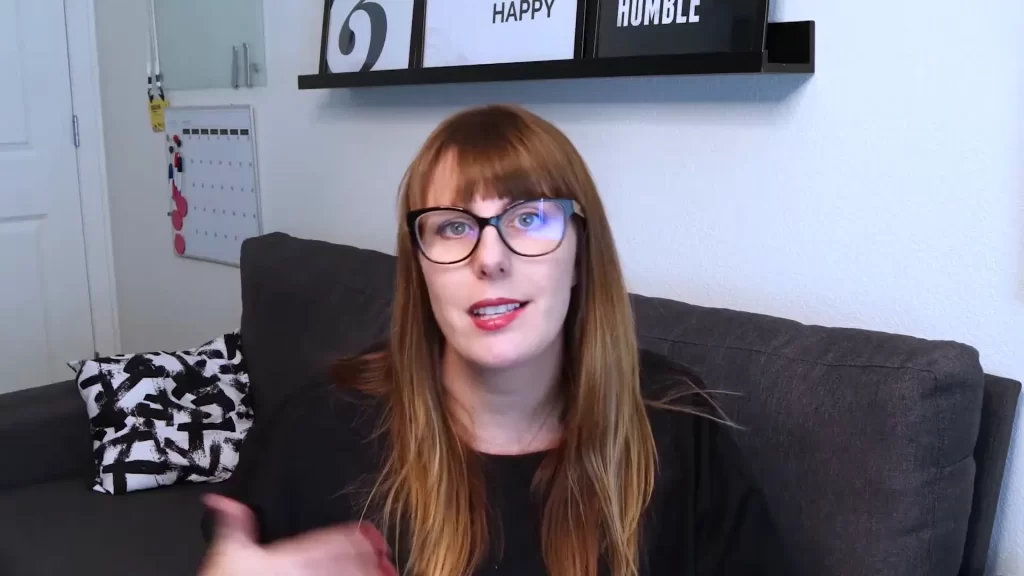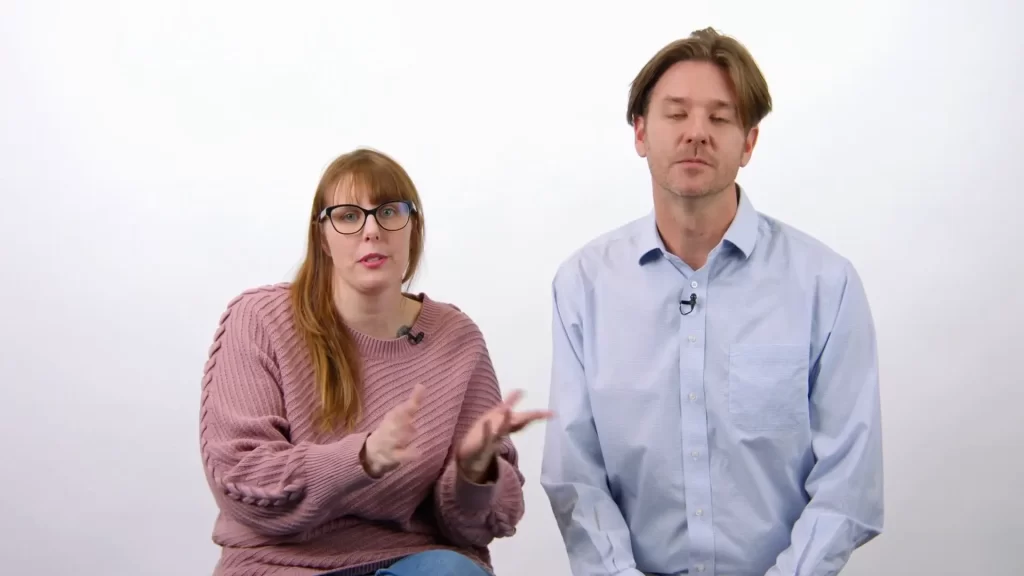Did you know that visitors make snap judgments about your website in just 0.05 seconds? In that instant, 88% of them decide whether to stay or leave forever, taking their business elsewhere. If your website is receiving traffic but no leads, it can feel like hosting a packed party where nobody talks to you. You’re not alone in this experience. Most small business websites unknowingly push potential clients away instead of drawing them in. In this post, we will explore essential pages your site needs, content strategies for each one, and psychological triggers that turn browsers into clients.
The First Impression: What Visitors See in 0.05 Seconds
When someone lands on your site, you’ve got just 15 seconds to convince them to stay. In those crucial seconds, people are asking, “Does this business get me? Can they help me?” Unfortunately, most websites fail this test spectacularly. A poor website experience can damage your brand instantly.
Imagine a potential client visits your site and encounters slow loading times, clunky navigation, or an outdated design. What’s their impression? Unprofessional, unreliable, untrustworthy. It’s like walking into a disorganized store where the staff just ignores you. Now they’re gone, and so is their trust and their money.
Common Mistakes: The One-Page Wonder
One of the biggest mistakes I see is the “one-page wonder.” If you’re a service-based business and your website is just one page, you’re limiting how people can explore, learn, and trust you. They want to explore your services, read testimonials, understand your approach, and yes, find pricing info—all that on their own. If the pricing isn’t there, they’ll bounce. Think about your own behavior when you can’t find pricing online—what do you do? You leave.

Even if you can’t list exact prices, offering starting points or price ranges builds trust. Let’s talk about the About page. Most of them read like a dry resume. But clients don’t care about credentials alone; they care about your why, your story, and the problems that you solve. The emotional connection builds trust way faster than a list of degrees.
Crafting Your Contact Page
The contact page is another critical area. If it’s just an email link, you’re missing out. A strategic contact form with specific questions filters out spam, qualifies leads, and saves you time. Just be sure to limit the number of questions to avoid overwhelming potential clients.
Navigation: The Key to User Experience
Navigation issues are another dealbreaker. Too many links and cluttered menus can overwhelm visitors, causing them to leave. Popular research shows users should reach any key page in three clicks or less. More than that, frustration builds. And let’s not forget mobile. If your site doesn’t adjust for phones and tablets, you’re sending the message, “We’re behind the times.”
Over half of all traffic is mobile now, and just a 3-second delay increases bounce rates by 32%. But here’s the good news: all of this is fixable with a shift in perspective. Design your site for the client’s journey, not your own preferences. Start there, and everything changes.

Making Your Website Work for You
Your website should be your 24/7 salesperson. Every second it underperforms, you’re losing money. Treat your website like a living storefront—one that evolves as your client’s needs evolve. Align it with business goals, simplify the user experience, and above all, build trust and clarity.
Each day your website underperforms, you’re quietly sacrificing revenue. Start making the right changes now and watch your client base grow.
Essential Pages for Success
Let’s break down the essential pages your website needs:
- Home Page: This is your first impression. Make sure it’s welcoming, informative, and easy to navigate.
- About Page: Share your story, values, and what sets you apart. Make it relatable.
- Services Page: Clearly outline what you offer. Use simple language and include testimonials.
- Contact Page: Include a form with specific questions to filter leads and provide multiple ways to reach you.
Improving Conversion Rates
Improving your website’s conversion rates is not just about increasing numbers; it’s about making the most of the valuable traffic you already have. By focusing on conversion rate optimization (CRO), you can identify and address UX bottlenecks, streamline user journeys, and create a more pleasant and engaging online experience.
Utilizing tools like A/B testing can help determine which elements work best for your audience. Test different headlines, CTAs, and layouts to find the winning combination. Each tweak can significantly impact your conversion rates.

Final Thoughts
Your website is a crucial asset in your business arsenal. It should work tirelessly to attract and convert visitors into loyal customers. By focusing on user experience, essential pages, and conversion strategies, you can transform your website from a digital brochure into a powerful sales tool.
Start making the necessary changes today, and watch your client base grow. If you need help, consider seeking expert advice or services. Visit our website for more information on how to optimize your online presence.
Let’s get your site working for you 24/7!









